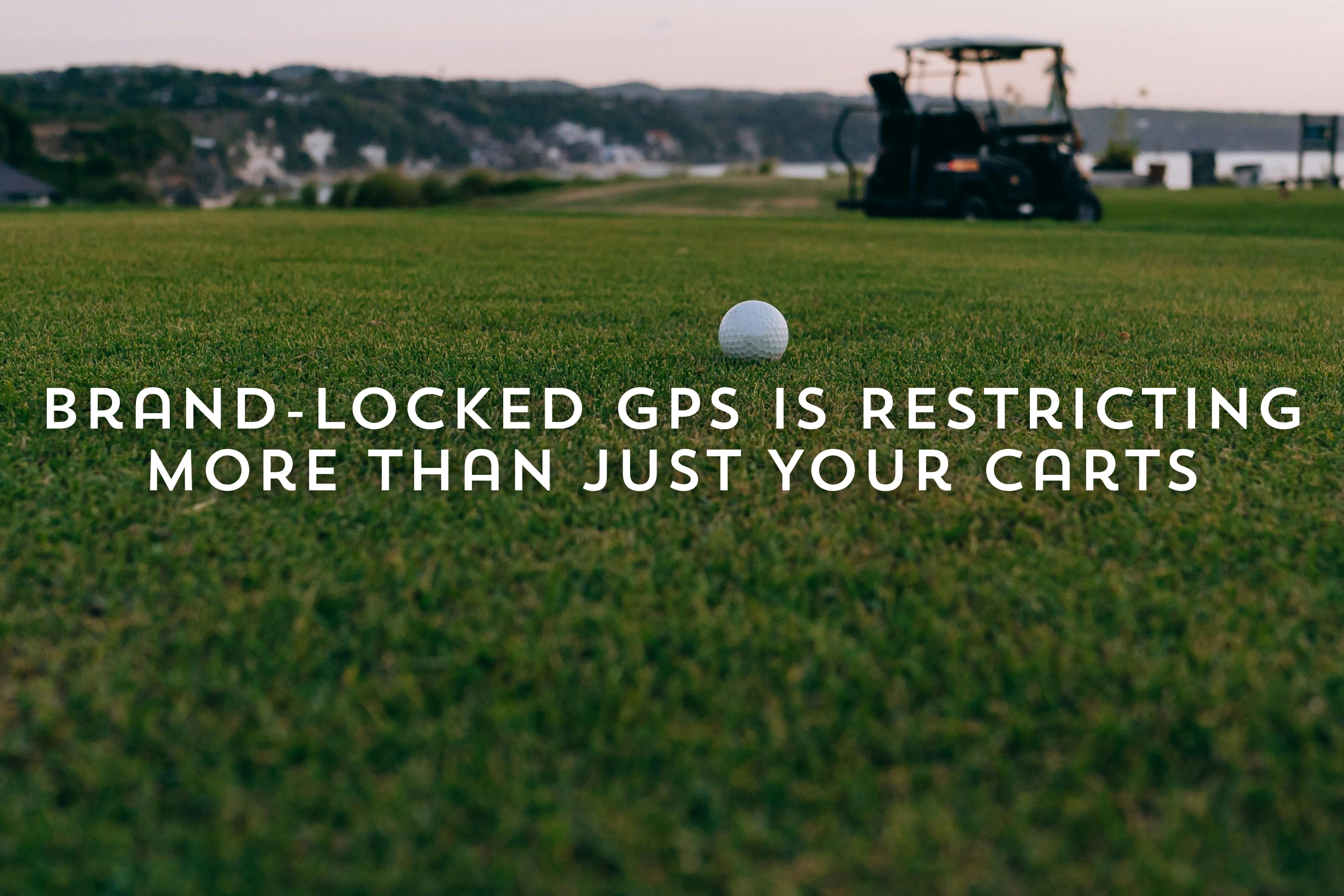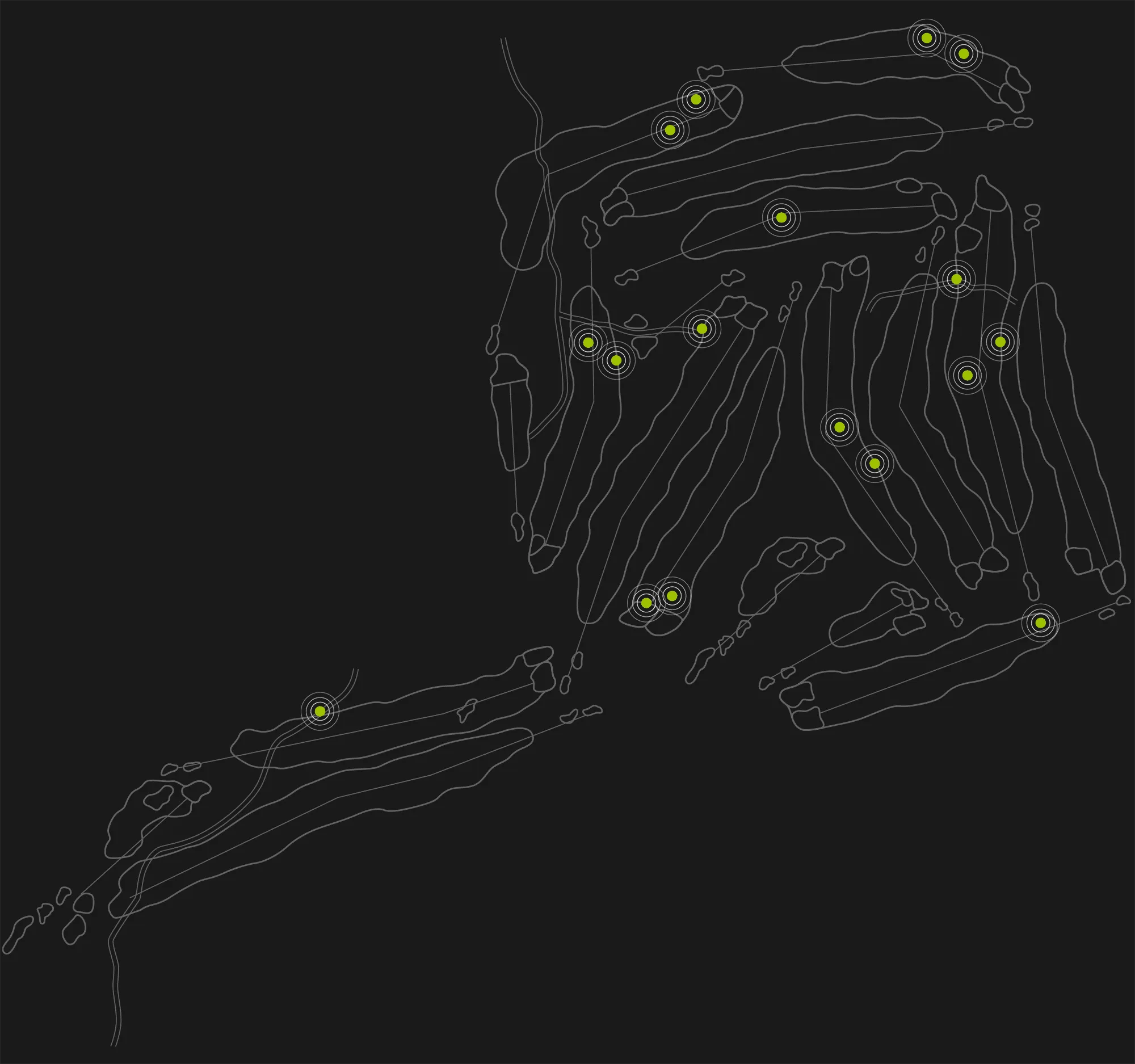I work with Golf Professionals and Superintendents regularly, which allows me a unique view of how they work together. So much so that I worked with the PGA Magazine to organize a Golf Pro Superintendent Summit which we host a few times a year.
The relationship dynamics between golf operations and maintenance are similar to those seen in most any other industry where different departments work on separate and sometimes conflicting goals.
There has been much written about how to collaborate across business silos for better business outcomes. Silos within businesses don’t usually promote collaboration — they inhibit it.
This got me thinking more about different departments working together on a golf course.
So, I did a web search using the following terms: “superintendents and golf professionals working together.”
The search results were surprising!
Search Results = A Single Article
The search returned only one specifically related article, which was published in 2018 by the USGA and entitled “Building A Strong Relationship Between Superintendent and Golf Professional.”
The article was written by Brian Whitlark, agronomist, West Region, USGA. It highlighted best practices that are clear and common sense: have daily meetings, play golf together, commit to open and honest communication, etc. It would be difficult to disagree with any of the best practices mentioned.
How is it, though, that is more information is not available, though?
Players spend 4+ hours at a golf facility ON the golf course, where their experience is a direct result of the performance of both the golf operations and maintenance teams.
I was left wanting more…
I tried other search terms which didn’t yield anything valuable.
So, I decided to do a Twitter survey with superintendents to better understand their relationship with golf professionals.
A Survey is Only Part of the Story
Note, survey (see article image) responses were ONLY from superintendents.
Surveys are tricky by nature, so the results should be reviewed from multiple perspectives. Remember how no polling that was done before the 2016 Presidential election predicted Donald Trump would be our next President?
It is reasonable to interpret the results positively — that most Superintendents and Golf Professionals enjoy a productive relationship, and only 17% are avoiding one another.
On the other hand, I’m sure customers (i.e., members and players) would like to see more than 39% of Superintendents and Golf Professionals working closely. Especially since the experience customers have while playing relies on the actions taken by both the Superintendent and the Golf Professional.
Anecdotally, I’ve experienced some pretty interesting dynamics between the two roles. It is rare for me to meet with both superintendents and golf professionals when doing a demo or to get one to refer us to the other without prompting. I’ve sometimes heard negative remarks about one from the other. People are people after all, and there are many dynamics at play, but there is more to unpack here.
Working relationships are not easy. This is not only true for golf course management.
Having been a consultant to large enterprises during most of my career, I’ve had a front-row seat to how challenging working relationships across departments impact the experience the customer has with a product and company.
Isn’t customer satisfaction the most critical metric anyway, and shouldn’t managers be willing to do anything to ensure the best experience possible? There is a connection between poor customer satisfaction, economic challenges, and job loss. These are the more selfish reasons to care, but essential nonetheless.
Rhetorical questions aside, let’s dig deeper into why relationships within most companies are not always as productive as they could be.
Silos and Business Organization
The word “silo” originated in agriculture. Silos are large structures or towers on farms that are used to separate different types of material, such as grain.
Before the industrial revolution, there was very little management and structure within businesses. Business owners were in charge of managing labor and resources. Companies were smaller, which made management by an individual easier.
With the rise of the industrial revolution, companies began to produce more product, or output, which required more organization and managers. Departments, or teams, were put in place to manage and execute various functions. These changes also required more collaboration.
Departments were responsible for specific goals, which were often not aligned with the goals of other departments. There was no longer a natural incentive for people from different functions to work together unless necessary, and the term “silo” became synonymous with groups that didn’t actively collaborate with others.
These were unintended consequences.
Silos are not typical in smaller, more agile organizations. Information flows more freely across teams that work closely towards shared goals.
Shared goal setting promotes collaboration and breaks down silos. This allows the customer to remain at the center where they belong.
How can shared goal-setting help Superintendents and Golf Professionals work together for the benefit of the customer?
Breaking Down the Silos at Golf Courses with Shared Goals and Metrics
Let’s consider how this plays out across two specific sample goals typically owned by separate “departments” at a golf course:
- Improving the pace of play (golf professional)
- Maximizing labor efficiency (superintendent)
Many golf courses today are focused on improving the pace of play. For this example, let’s say that the Head Golf Professional has a goal to reduce the pace of play by 15 minutes or to reduce wait time on the golf course by 10 minutes. The golf course setup can have a meaningful impact on pace. Yet, the Superintendent is not able to measure the effect that daily course setup has on the pace goal. The Superintendent probably doesn’t have access to pace data. Maybe, the goal of reducing pace by 15 minutes is too modest, and a jointly managed goal could be 23 minutes? Or, perhaps the goal varies by day of the week, which is influenced by the type of play and setup? Regardless of the specific goal, the customer will benefit from both the Golf Professional and Superintendent actively working together, measuring the results, and making adjustments along the way.
The benefit of this approach to the customer is clear. Less time waiting on the golf course and a better experience.
Now to our second example.
The top issue faced by Superintendents is labor. They often have unfilled positions, new team members, and inconsistent performance across staff that changes most seasons. They also have to get work done around play, which is difficult. Trying to maximize efficiency during the busy part of the season is near impossible. But, there are occasional gaps in play. Sometimes these gaps are used by the Golf Professional to slot in more players. What if the Golf Professional and the Superintendent were both in agreement on improving the efficiency of syringing greens by say 20%? The Golf Professional could create a gap in play in the afternoon that would allow enough time for this task. Both would be able to monitor the effectiveness of the gap in performing the job and make adjustments from there.
Both are examples where the Golf Professional and the Superintendent are proactively working together on shared goals. This is not to suggest that they don’t have individual goals — only that they should also have shared goals that benefit the customer.
A tighter partnership will yield greater success!
__
This is the first in a series on improving the partnership between Golf Professionals and Superintendents. We intend to work with PGA Magazine and the GCSAA to educate and benefit the industry on this topic.
We have partnered with PGA Magazine on a Summit for Golf Professionals and Superintendents, Nov 17–19, 2019. This will be a fantastic forum for Golf Professionals and Superintendents to share and learn more about this topic.
This is FAIRWAYiQ’s Primary Focus.
Related Posts

Why Cart Brand-Locked GPS Systems Are Holding Your Course Back

Running a Golf Course While Short-Staffed? Here’s How to Stay in Control
.jpg)
Why Pace of Play Breaks Down (and How Golf Courses Can Fix It)
Revolutionize Your Golf Operations with FAIRWAYiQ
Unlock the power of data analytics to optimize your golf course management

